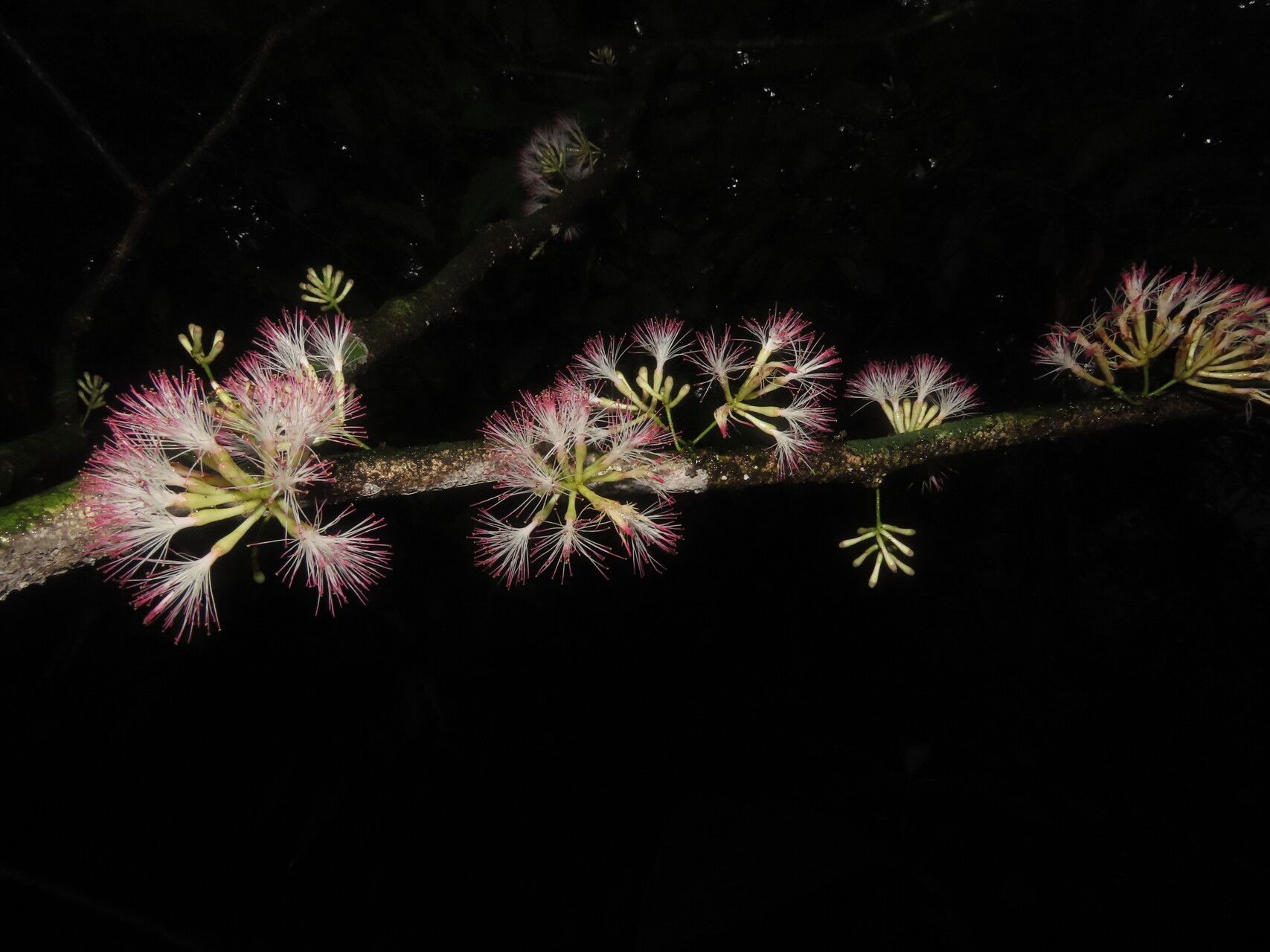Propagating Zygia engelsingii: A Gardener’s Guide to a Rare Delight
Zygia engelsingii, while lacking a widely used common name, is a fascinating and increasingly popular tree among horticultural enthusiasts. This species, characterized by its [insert key characteristics here – e.g., elegant foliage, distinctive flower structure, attractive bark], holds a unique place in tropical landscapes. Its relative rarity, however, makes propagation a subject of particular interest. This article explores various methods, highlighting both the challenges and rewarding aspects of successfully cultivating this intriguing plant.
Seed Germination:
Currently, there are no known reliable methods for seed germination propagation of Zygia engelsingii. Research on its germination requirements is limited, and anecdotal evidence suggests a very low germination rate, if any. Further research is needed to determine whether specific pre-treatments (such as scarification or stratification) might improve germination success.
Cuttings:
- Challenges: Hardwood cuttings from Zygia engelsingii are likely to be difficult to root due to its possibly slow growth and potentially low rooting aptitude. Fungal infections are also a significant risk.
- Practical Tips: Softwood cuttings taken in spring or early summer, treated with a rooting hormone, and placed in a consistently humid propagation environment (e.g., a humidity dome with bottom heat) are the most promising approach. Using a sterile rooting medium and regularly monitoring for fungal diseases is crucial. Experimentation with different rooting hormones and concentrations may be necessary.
- Rewards: Successful propagation via cuttings offers a faster method of producing new plants compared to other techniques. It allows for the preservation of desirable traits from a particular parent plant.
Division:
- Challenges: Division is unlikely to be a practical propagation method for Zygia engelsingii. This is because it is likely a single-trunked tree rather than exhibiting the clump-forming habit necessary for successful division.
- Practical Tips: Not applicable.
- Rewards: Not applicable.
Tissue Culture:
- Challenges: Tissue culture, while potentially the most effective method long-term, is also the most technically demanding and expensive. Establishing a reliable protocol for Zygia engelsingii would require extensive experimentation to find the optimal growth media, hormones, and sterilization techniques.
- Practical Tips: This would need to be done in a well-equipped laboratory by experienced tissue culture specialists. Research into optimal growth media, hormone cocktails, and sterilization procedures would be needed first.
- Rewards: Tissue culture offers the potential for mass propagation of genetically identical plants, preserving superior traits and facilitating large-scale distribution. It also minimizes the risk of disease transmission.
Conclusion:
Propagating Zygia engelsingii presents significant challenges across all known methods. While seed germination techniques currently appear unviable, cuttings offer a potentially rewarding but challenging alternative provided appropriate protocols are established via careful experimentation. Tissue culture holds the greatest long-term promise for mass propagation but demands significant expertise and resources.
The unique satisfaction of successfully cultivating this rare species lies precisely in overcoming these difficulties. The perseverance, patience and experimental spirit required are rewarded with the beauty and rarity of a successfully grown Zygia engelsingii. For aspiring propagators, understanding the limitations, meticulously following techniques, and recording observations are key steps toward success. Remember, the journey itself—filled with both setbacks and breakthroughs—is a crucial part of the horticultural experience.

